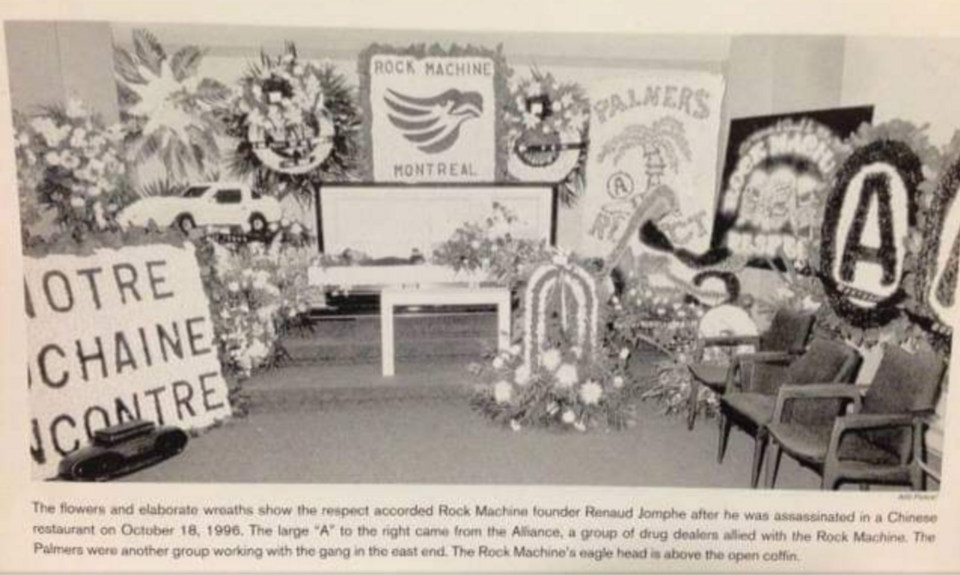Funeral Photography: A Unique Approach to Honoring Loved Ones

In recent years, funeral photography has emerged as an innovative way for families to commemorate their loved ones. This practice, though not widely known, allows for the capture of intimate moments during memorial services, facilitating both mourning and remembrance. John Slaytor, a Sydney-based funeral photographer with over a decade of experience, states, "I aim to capture kindness and the emotional connections that surface during these significant events" (Slaytor, 2025).
The origins of funeral photography can be traced back to the Victorian era, where it was common to take post-mortem photographs as a means of preserving memories. Senior curator Geoff Barker from the State Library of New South Wales notes, "Funeral photography's been around since the inception of photography, often focusing on open caskets and still images" (Barker, 2025). Today, however, the practice has evolved to emphasize the emotional aspects of funerals, moving beyond mere documentation to capturing the essence of grief and celebration of life.
Eddie Guerrero, a Warrnambool-based photographer, transitioned into funeral photography after receiving requests from families for casket photos. He articulates that, "It's a difficult market, as some view it as intrusive. However, my intent is to tell a story and create a respectful record for families" (Guerrero, 2025). His approach reflects a growing recognition that funerals are not merely somber occasions but also opportunities for families to connect and reflect on their shared histories.
John Leha, who recently lost his mother, found solace in the idea of funeral photography. He comments, "I wanted to capture the emotions expressed by mourners, creating a keepsake that honors my mother’s memory and prompts conversations about her life" (Leha, 2025). This perspective underscores the therapeutic potential of such photographs, which can serve as a catalyst for healing and dialogue among family members.
Michelle Bova, who has been in the funeral photography industry for 15 years, has seen a gradual acceptance of this practice. She notes that, despite the challenges of sustaining a business in this niche, there is an increasing demand for services that help families preserve memories for future generations. "Families often forget the details of the day amidst their grief; these photographs provide a tangible reminder of their loved ones' legacies," Bova explains (Bova, 2025).
While the acceptance of funeral photography varies by culture, it has gained popularity among Aboriginal and Croatian families, as noted by John Slaytor. He believes that these communities often embrace the ongoing nature of grief, contrasting with what he perceives as a more reclusive attitude towards mourning in Anglo-Saxon cultures (Slaytor, 2025). This highlights the need for cultural sensitivity in the practice, as different communities may have varied expectations and traditions surrounding death and remembrance.
As the industry continues to evolve, funeral photography stands at the intersection of tradition and innovation. It provides a unique service that not only honors the deceased but also addresses the emotional needs of the living. The integration of technology, such as live-streaming and videography during services, has further normalized the documentation of funerals, pushing the boundaries of how we memorialize our loved ones.
In conclusion, funeral photography represents a compassionate approach to grieving, allowing families to cherish and preserve their memories in a respectful manner. As the practice gains traction, it encourages a broader conversation about the role of grief in our lives and the importance of honoring those who have passed. The future of this niche within photography appears promising, as societal attitudes towards death and mourning continue to evolve, fostering openness and acceptance in the healing process.
Advertisement
Tags
Advertisement





